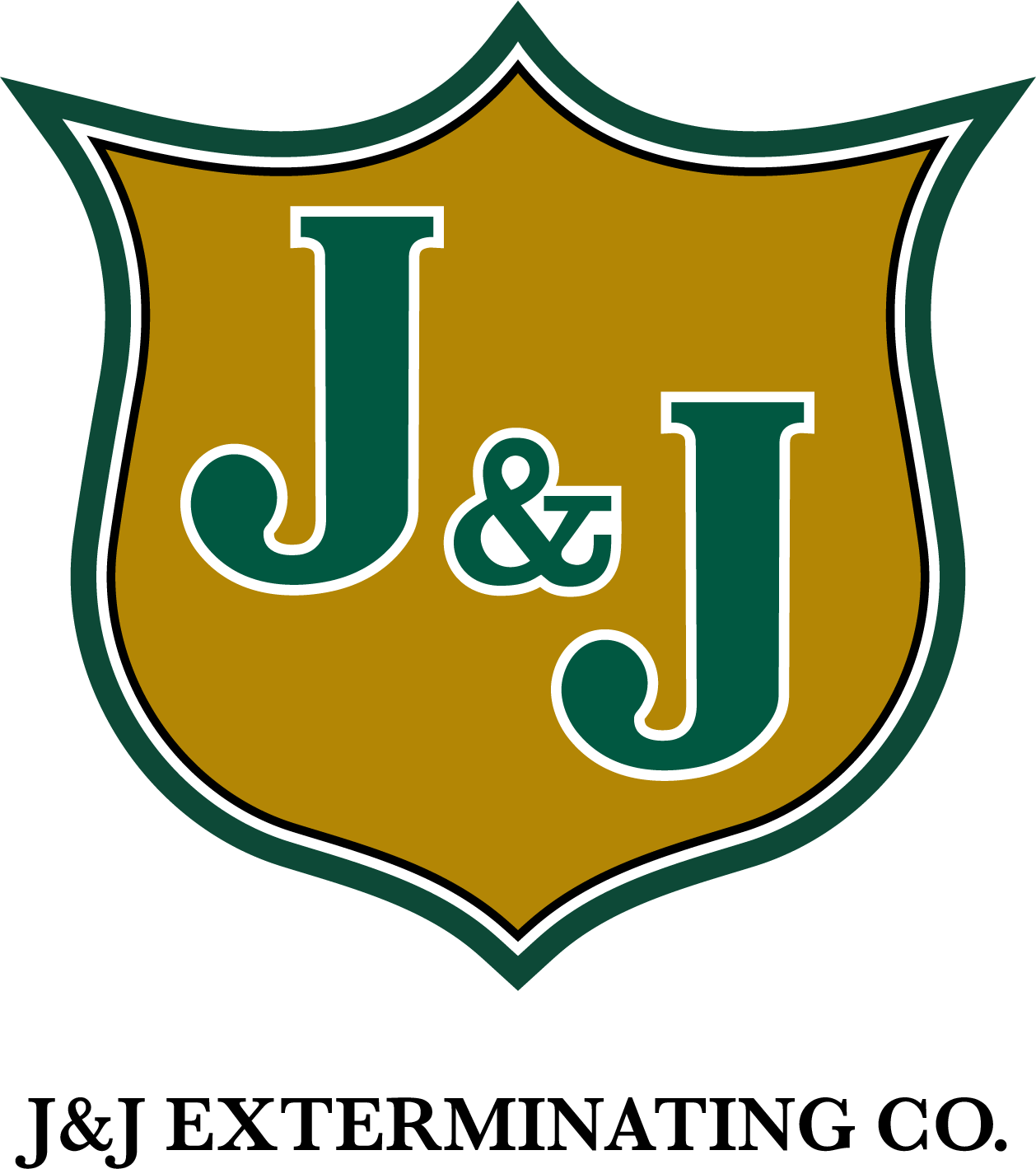Termites are one of the most destructive pests that can wreak havoc on your property. These tiny insects feed on wood, causing extensive damage to structures and compromising their integrity. Therefore, it is of utmost importance to prioritize termite protection to safeguard your property and prevent potential financial losses. In this comprehensive article, we will explore the significance of termite protection, the various preventive measures available, and the reasons why you should take immediate action against termites.
The Devastating Impact of Termites
Termites are silent destroyers that can cause severe damage to your property if left unchecked. Their ability to chew through wood, including support beams, flooring, and furniture, poses a significant threat to the structural stability of buildings. Without termite protection, your property becomes vulnerable to potential collapses, compromising the safety of its occupants. Furthermore, the financial implications of termite damage can be overwhelming, as repairs and renovations can be costly and time-consuming.
Importance of Termite Protection
Termite protection plays a crucial role in ensuring the longevity and safety of your property. By implementing preventive measures, you can mitigate the risk of termite infestation and minimize potential damage. Here are some key reasons why termite protection should be a top priority:
Preserving Structural Integrity
Termites primarily feed on wood, and their relentless consumption can weaken the structural framework of your property. By investing in termite protection, you can fortify the integrity of your building, preventing costly structural repairs in the future.
Safeguarding Property Value
Property value is significantly influenced by its condition and maintenance. A termite-infested property may experience a significant decline in value due to the visible damage caused by these pests. Taking proactive steps to protect against termites ensures that your property retains its value and remains attractive to potential buyers or tenants.
Preventing Health Hazards
Termites are not only a threat to buildings but can also pose health risks to occupants. When termites infest a property, they produce fecal matter and shed their wings, which can trigger allergies and respiratory issues in sensitive individuals. Termite protection eliminates these health hazards, providing a safe and healthy living environment.
Early Detection and Intervention
Implementing termite protection measures allows for early detection of termite activity. Regular inspections by professionals can identify signs of infestation before extensive damage occurs. Swift intervention can prevent termites from multiplying and minimize the destruction they cause.
Cost-Effective Solution
Termite protection is a cost-effective solution compared to the expenses associated with repairing termite damage. Investing in preventive measures and periodic inspections can save you significant amounts of money in the long run.
Peace of Mind
Knowing that your property is adequately protected from termites provides peace of mind. By taking proactive steps to prevent infestations, you can enjoy your home or office without the constant worry of termite damage.
Effective Termite Protection Measures
To ensure comprehensive termite protection, it is essential to employ a combination of preventive measures and professional assistance. Here are some effective methods for safeguarding your property from termites:
1. Regular Inspections
Schedule regular inspections by professional pest control companies to identify signs of termite activity and potential entry points. These experts have the knowledge and experience to detect early infestations and provide appropriate treatments.
2. Chemical Barriers
Chemical barriers are one of the most common methods used for termite protection. These barriers are applied around the perimeter of the property to deter termites from approaching and gaining access to the building.
3. Baiting Systems
Baiting systems involve placing termite bait stations strategically around the property. These stations contain attractive food sources laced with slow-acting toxins. Termites consume the bait and carry it back to their colony, effectively eliminating the entire termite population.
4. Physical Barriers
Physical barriers, such as stainless steel mesh and crushed rock, create a physical barrier that prevents termites from entering the property. These barriers are particularly effective during the construction phase or for properties at high risk of termite infestations.
5. Moisture Control
Termites thrive in damp environments. By controlling moisture levels in and around your property, you can significantly reduce the risk of termite infestation. Fixing leaky pipes, improving drainage systems, and ensuring proper ventilation are essential in termite prevention.
6. Regular Maintenance
Maintaining your property is vital for termite protection. Fill cracks and crevices in the foundation, repair damaged roof tiles, and seal gaps around windows and doors to eliminate potential entry points for termites.
FAQs about Termite Protection
Q: How can I identify signs of termite infestation?
A: Look for signs such as discarded wings, mud tubes, hollow-sounding wood, and frass (termite droppings). If you notice any of these signs, it is advisable to contact a professional pest control company for a thorough inspection.
Q: Can I handle termite protection on my own?
A: While there are some DIY methods available, termite protection is best left to professionals. Pest control experts have the knowledge, tools, and experience to effectively eliminate termites and implement long-term prevention strategies.
Q: How often should I have my property inspected for termites?
A: It is recommended to have your property inspected for termites at least once a year. However, if you live in an area prone to termite activity, more frequent inspections may be necessary.
Q: Are termites attracted to certain types of wood?
A: Termites are attracted to wood that contains cellulose, their primary food source. However, some species of termites prefer certain types of wood, such as softwoods. It is important to be aware of the specific termite species in your region and their preferences.
Q: Are there any natural remedies for termite protection?
A: While there are some natural remedies and repellents available, their effectiveness in providing long-term termite protection is limited. Professional termite control methods are generally more reliable and efficient.
Q: How long does termite protection treatment last?
A: The duration of termite protection treatment depends on various factors, including the treatment method used and the severity of the infestation. In general, professional treatments can provide protection for several years, but regular inspections and maintenance are necessary to ensure long-term effectiveness.
Protecting your property from termite damage is crucial for maintaining its structural integrity and value. By understanding the importance of termite protection and implementing preventive measures, you can ensure the long-term safety and well-being of your property and its occupants. Regular inspections, professional assistance, and proactive maintenance are key to effective termite protection. Don’t wait until it’s too late—take action against termites today and secure your property’s future.




